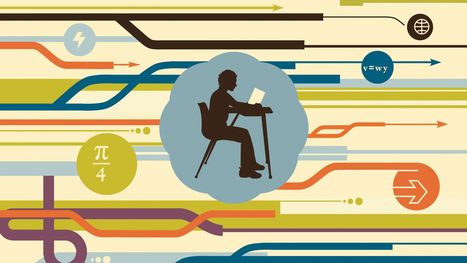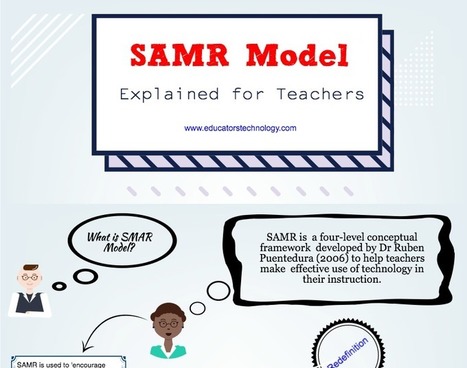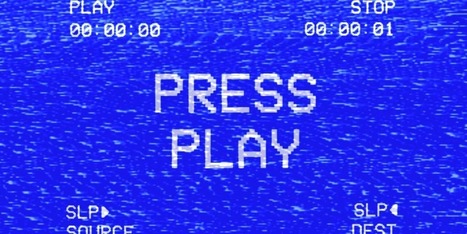Good technology integration isn’t about using the fanciest tool, it’s about being aware of the range of options and picking the right strategy—or strategies—for the lesson at hand.

|
Scooped by John Evans |

Emma Thomas's curator insight,
May 14, 2020 2:46 AM
This is a great article about how to use the SAMR model to integrate technology into the classroom. As a beginning teacher, or a teacher looking for ways to bring IT into their classrooms, this is very helpful.
Zak McNuff's curator insight,
May 16, 2020 12:13 AM
Really insightful summation of the benefits of the SAMR model in education. I found the ideas in this article very relevant in today's COVID-19 world!!

Sarah McManus's curator insight,
May 29, 2020 1:14 AM
This is a great resource for stimulating ideas in how to achieve each level of the SAMR model in the classroom.
Sign up to comment



 Your new post is loading...
Your new post is loading...









